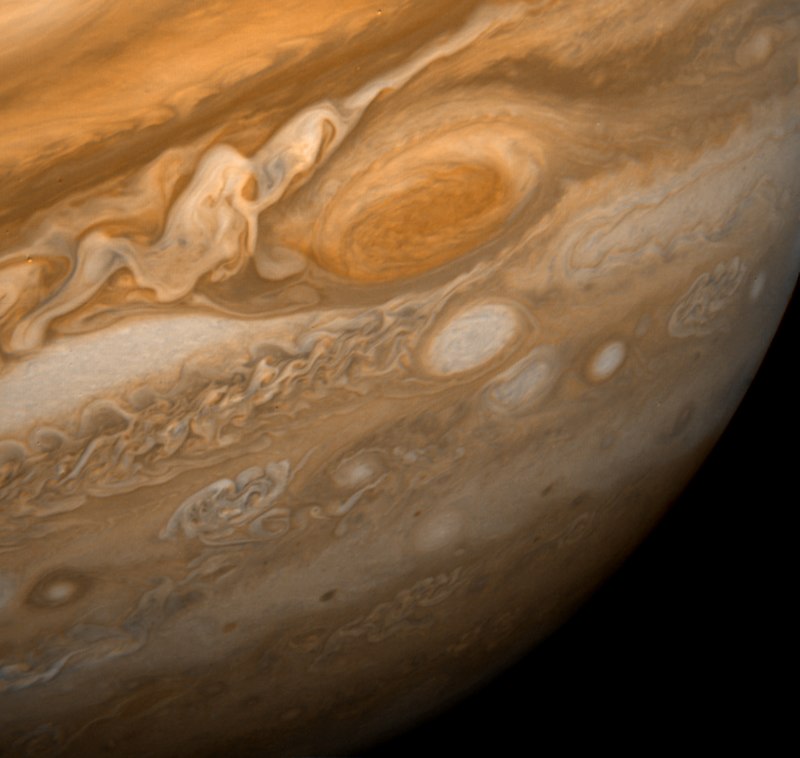Astronomers Discover Supermassive Black Hole 'Burping' at Near-Light Speeds

Astronomers have made a groundbreaking discovery involving a supermassive black hole, known as PG1211+143, located approximately 1.2 billion light-years away. This black hole is consuming matter at an alarming rate, equivalent to the mass of 104 Earths per year, and is expelling excess material in the form of high-speed jets traveling at nearly a third of the speed of light. The findings were published in the *Monthly Notices of the Royal Astronomical Society* on June 10, 2025, and provide significant insights into the dynamics of black hole feeding and its cosmic consequences.
The research team, led by Ken Pounds from the University of Leicester, utilized the European Space Agency's XMM-Newton telescope to observe the Active Galactic Nucleus (AGN) of the Seyfert galaxy where PG1211+143 resides. The black hole, with a mass around 40 million times that of the sun, powers a bright quasar, making it an ideal subject for understanding the growth mechanisms of supermassive black holes. According to Pounds, “Establishing the direct causal link between massive, transient inflow and the resulting outflow offers the fascinating prospect of watching a supermassive black hole grow by regular monitoring of the hot, relativistic winds associated with the accretion of new matter.”
As matter falls into the black hole, it forms an accretion disk, a flattened cloud of gas and dust from which the black hole draws its sustenance. However, the sheer volume of matter flowing toward PG1211+143 leads to an overflow situation, resulting in the ejection of high-speed outflows that travel at approximately 181 million miles per hour, or 100,000 times faster than a Lockheed Martin F-16 jet fighter. This expulsion of material is not merely a byproduct but has significant implications for the surrounding cosmic environment. The outflows, occurring days after the inflow, heat the surrounding gas to millions of degrees, generating radiation pressure that can push away potential star-forming materials.
Dr. Sarah Johnson, an astrophysicist at the California Institute of Technology, emphasizes the broader implications of these findings. She states, “Understanding how these high-speed outflows interact with their environment is crucial for deciphering the lifecycle of galaxies. They can effectively starve the galaxy of the cold gas necessary for new star formation.”
The research also raises questions about the role of supermassive black holes in galaxy evolution. As they consume and expel material, they influence the star formation rates in their host galaxies. The balance between feeding and outflow could determine whether a galaxy remains a vibrant hub of star formation or transitions to a more quiescent state.
Additionally, the phenomena observed in PG1211+143 may not be isolated. Similar behaviors have been noted in other distant black holes, suggesting a common mechanism at play. For instance, the quasar 3C 273, one of the brightest in the night sky, exhibits analogous feeding patterns, indicating that these dynamics could be a widespread occurrence among supermassive black holes.
In conclusion, the discovery of PG1211+143’s rapid feeding and high-speed outflows opens new avenues for understanding the complex interplay between supermassive black holes and their host galaxies. As researchers continue to monitor these cosmic giants, they may uncover further insights into the formation and evolution of galaxies across the universe. The implications of this research extend beyond black holes themselves, potentially reshaping our understanding of cosmic evolution and the fundamental processes that govern the universe’s large-scale structure.
For future research, continued observations of PG1211+143 and similar black holes will be crucial. Upcoming missions and advanced telescopes are expected to provide even deeper insights into these enigmatic objects, offering a clearer picture of their impact on the universe’s evolution.
Advertisement
Tags
Advertisement





